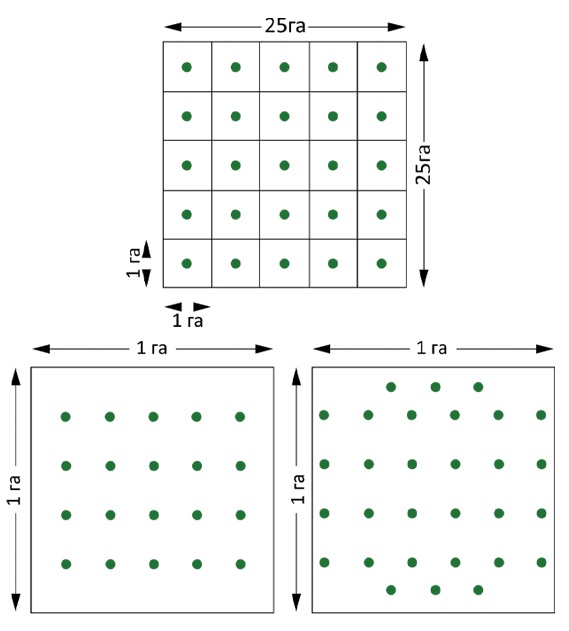Catalogue of traps and pheromones
Download traps and pheromones list

Download document
1.02 mb
The development time from oviposition to the emergence of adults from the pupa is about 10 days at 25 ° C, and about twice as long at 18 ° C. The female lays eggs in decaying fruit or other organic material (about 400 eggs in her entire life).

The larvae hatch after 24 hours. The hatched larvae grow for 5 days, molting twice during this time: 24 and 48 hours after hatching. During this time, they feed on microorganisms that decompose the fruit, as well as on the substances of the fruit itself. Finally, the larva is surrounded by a puparium and turns into a pupa, occur in fermenting grape bunches, wherein they feed and extend the rot. In addition, wounded berries are then infected by molds, increasing the damage which may affect 30% of the harvest.

Proper use of Pheromone Traps:
The pheromone trap is designed to monitor and reduce pest numbers. In order to determine the population density of pest insects and to identify pest outbreaks (monitoring), it is recommended to use 1 trap per 1 ha.
The trap should be placed as near the culture at the middle of the plant. Prior to the first flight of the flies, the traps must be checked on a daily basis, and after the first flies have been captured, the traps must be checked every 5-7 days. Pheromone dispensers can be changed after 4-6 weeks and sticky tapes can be replaced when is full with pests and dust. Protective measures are based on the results of the monitoring of population density of pest insects.
Trap placement:
For mass capture and sterilization of males, it is recommended to have more than 20 traps per hectare in opened field. In case of a large number of pest insects use 30 traps per 1 ha in opened field. In greenhouses it is recommended to have more than 15 traps per hectare. In case of a large number of pest insects use 20 traps per 1 ha.


Download traps and pheromones list

1.02 mb
Review our catalogue of pheromons and semiochemicals by chemical name

525.1 kb